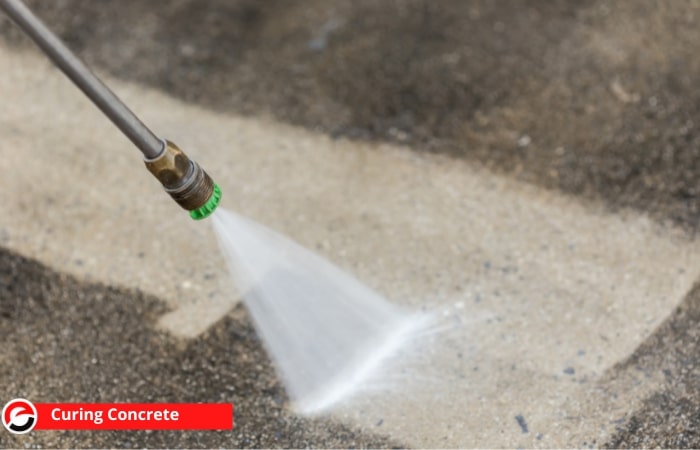In this article, we will discuss “common mistakes on construction sites”. Structural functioning is the key for any structure to stand strong and durable. For any structure to function without failure and also look pleasant aesthetically, it is of prime importance to carry the following steps given below accurately.
Plan of the structure
A detailed plan with easy-to-understand instructions will guide the contractor and site engineer to smoothly carry out the construction of the structural elements without any error.
Design of the structure
There should be no gap of knowledge between the design and the site engineer regarding the design parameters of the structural members such as beam, column, slab, staircase etc. The design engineer must neatly show the cross-sections of the members and their details on the design sheets and drawings to avoid confusion on the site.
In most situations, although the plan, design and detailing sheets given by the design engineer are accurate, site engineers and contractors are bound to commit mistakes in the construction of the structural elements.
Common mistakes on construction site
Formwork of the structural members
This is a very important thing to consider. The formwork of the structural members must be built accurately as per the design specifications. It is likely that there are errors in the construction of formworks for beams, columns, slabs, staircases etc.
Either the labourers commit mistakes in the size and orientation of the formwork or the formwork built is loosely connected at the joints which can cause leakage of the concrete mix while casting the structural members. This may result in the construction of poor and low-strength members.

Due to this, the construction work lengthens as the members need to be recast to achieve the desired quality of a constructed structure. The formwork must be rigid enough to ensure smooth placing of concrete mix to cast the desired frame involving vibration and setting of the mix. The casted frame must be of the same size, shape and in the same orientation as specified in the plan of the structure.
Construction mistakes also happen with regard to the period of the removal of the formwork. Proper guidelines must be followed as stated by IS codes and keep the formwork as per the period given in those codes for different structural members.
Placing of concrete to cast the structural members
As per IS-456:2000, while placing the concrete mix in any structural member frame, one needs to keep a maximum height of 1.5m to prevent the concrete mix from segregation. Ignorance in keeping up this height leads to construction mistakes. Segregated concrete cannot be cast, as a result of which one needs to recast the members which again wastes too much time and also affects the economical cost of the structure.
When concrete needs to be pumped to cast the frames on higher floors, the placing height of the concrete mix must be kept at more than 2.0m as specified by IS-456:2000, which when not taken into account by the contractor or the labourers leads to construction errors.

It is most likely to commit mistakes on the construction site in regard of the slump value of the concrete mix. Slump of the concrete mix is an important factor to be checked for accuracy which if not accurate may lead to placing issues of concrete mix in the frames.
It is mandatory to place the concrete mix within the time frame of 60min after mixing of concrete, failure of which also leads to construction errors. Sometimes labourers may add more quantity of water in concrete mix plant which in turn may affect the strength and durability of the mix. The contractor must ensure that the water quantity must be as given in the concrete mix design.
Also Read: Bleeding of concrete
Detailing of structural members
One of the common construction mistakes is done in detailing of the structural members. The stirrups and ties are not connected rigidly as per the schedule given by the design engineer. In many cases, the number of bars and stirrups provided is less than the number given in the drawings of structural members.

This error will have a negative effect on the load-carrying capacity of the structural members, especially at the junction of any two structural members, where there is a higher concentration of loads.
Curing period
Curing process is a very important step in the casting and setting of the concrete structural members. This process carries out the hydration process between the cement particles and water of the concrete mix to ensure the required strength of the mix.

Curing process is highly affected by the temperature change. High temperature accelerates the curing activity, therefore the curing period must be less in the summer season and more in the winter season as the low temperature lengthens the curing activity. Often the labourers out of negligence or lack of knowledge may cure the structural members for longer periods than required or may shorten their curing period than required.
If the member is not cured for the desired period, it will not achieve the required compressive strength. Therefore it is very important for a contractor to inspect the temperature of the area where the structure is constructed and instruct the labourers with the accurate curing period as per the IS standards.


Leave a comment